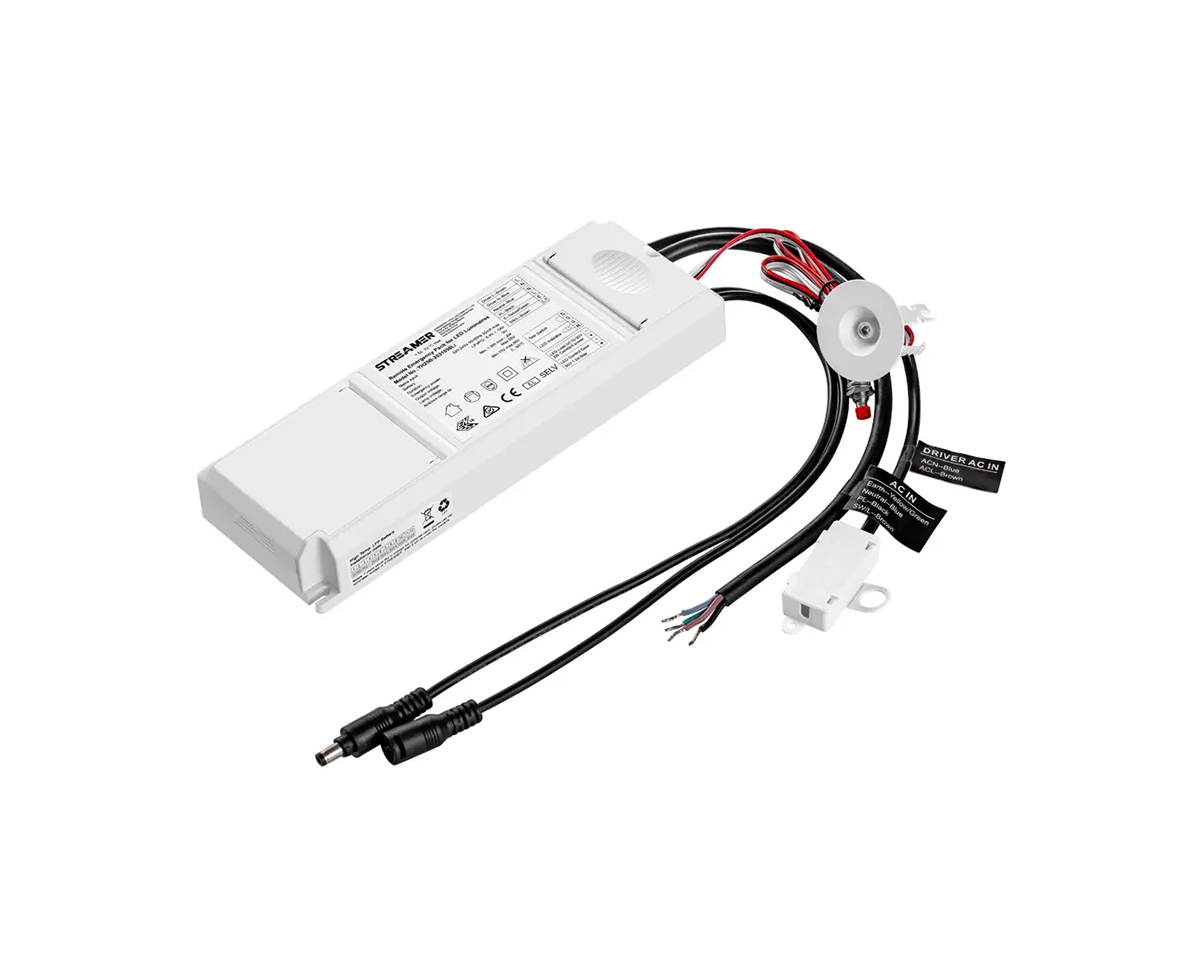 1
1
 Feb 02, 2025
Feb 02, 2025

When an LED emergency power supply malfunctions, it is crucial to identify and resolve the issue promptly to ensure the functionality of the emergency lighting system. Troubleshooting LED emergency power supplies requires a systematic approach to isolate the root cause of the problem.
One of the most common issues is a failure of the battery. If the emergency lights do not turn on during a power outage, the battery should be the first component to be checked. A simple way to test the battery is to measure its voltage using a multimeter. If the voltage is significantly lower than the rated voltage, the battery may be discharged or faulty. In the case of a lead - acid battery, a low - voltage reading could be due to a lack of electrolyte, sulfation of the battery plates, or an internal short - circuit. For lithium - ion batteries, issues such as over - discharge, a malfunctioning battery management system (BMS), or a manufacturing defect could cause the low - voltage problem. If the battery is found to be faulty, it should be replaced with a compatible one.
Another possible cause of problems is a malfunctioning charging circuit. If the battery is not being charged properly when the main power is available, it will not have sufficient power during an outage. Signs of a charging circuit problem include a battery that remains discharged even after being connected to the main power for an extended period. To troubleshoot the charging circuit, check for any blown fuses, damaged components on the printed circuit board (PCB), such as diodes, transistors, or capacitors, and loose connections. Using a multimeter, the voltage and current at different points in the charging circuit can be measured to identify any abnormal readings. If a component is found to be defective, it should be replaced, and in some cases, the entire charging circuit board may need to be repaired or replaced.
Faulty wiring is also a common culprit in LED emergency power supply failures. Loose, damaged, or corroded wires can disrupt the flow of electricity between the power supply, the battery, and the LED lights. Visual inspection of the wiring can reveal any obvious signs of damage, such as frayed insulation or broken wires. If the wiring appears to be in good condition, but there are still connectivity issues, a continuity test can be performed using a multimeter to check for any breaks in the circuit.
In some cases, the problem may lie with the control circuitry of the LED emergency power supply. The control circuitry is responsible for regulating the operation of the power supply, including when to switch to emergency mode and how to control the brightness of the LED lights. Malfunctions in the control circuitry can cause issues such as the emergency lights turning on prematurely, not turning on at all, or flickering. Troubleshooting the control circuitry can be more complex and may require specialized knowledge and tools. Checking for software glitches (if the power supply has a microcontroller - based control system), and testing the functionality of the control components, such as integrated circuits and sensors, is necessary to identify and resolve the problem.